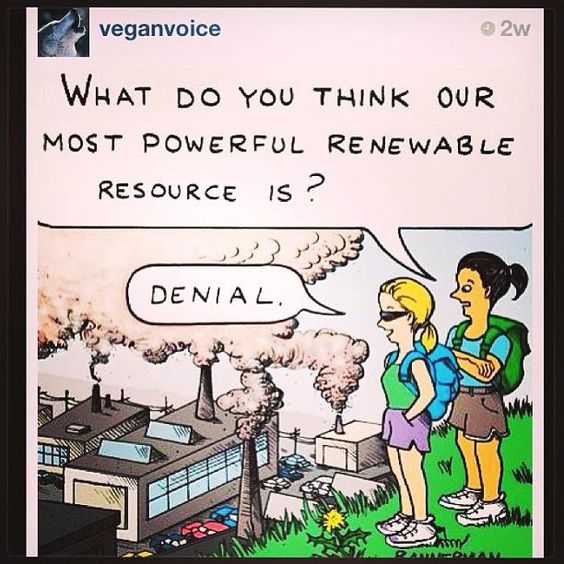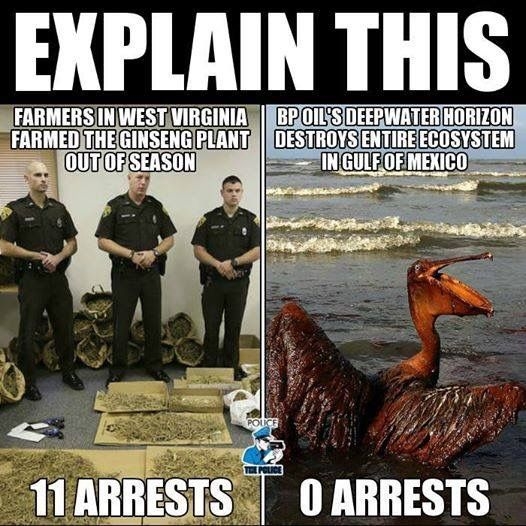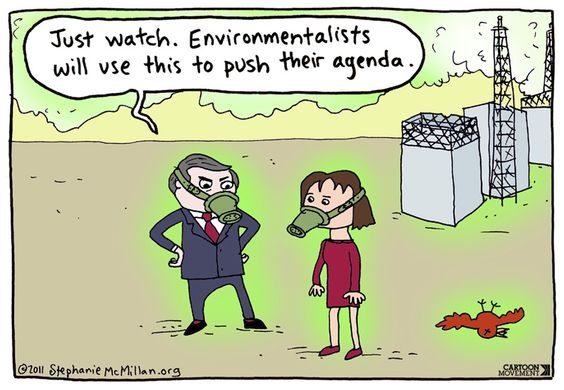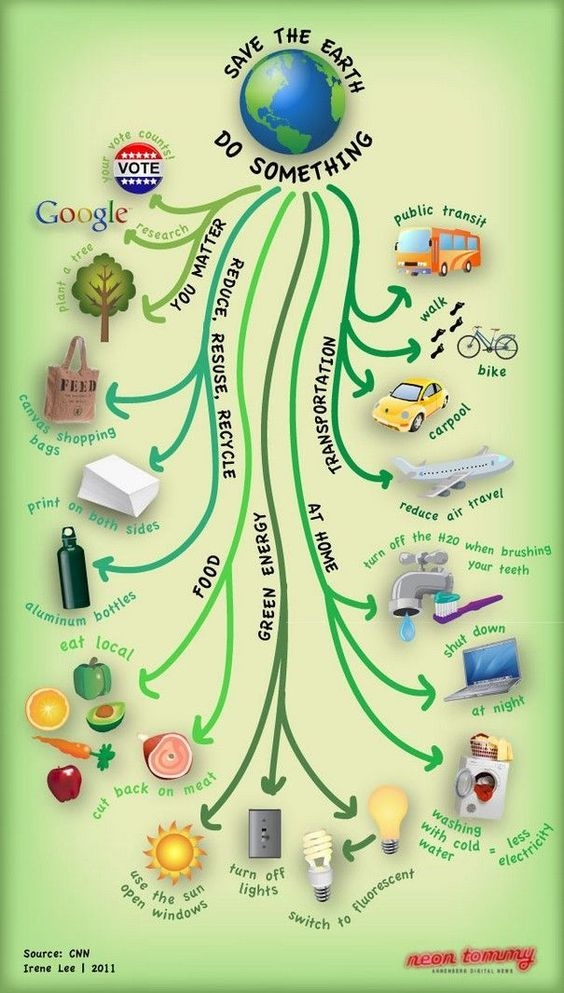
Despite damning reports by independent environmental impact assessments and the lack of need for this project the Department of Energy have pushed ahead with applying for funding from the DBSA. Given that the DBSA themselves have publically committed to reducing carbon emissions the AIDC will be protesting tomorrow against this in-front of the western hotel at the CTICC.
The Development Bank of Southern Africa (DBSA) announced today that it has been awarded funding to the value of USD$55.6m from the Green Climate Fund (GCF) to establish a R2 billion Climate Finance Facility (CFF).
https://www.dbsa.org/EN/DBSA-in-the-News/NEWS/Pages/20181022DBSA-to-set-up-Climate-Finance-Facility.aspx
The DBSA will provide R650 million and is in advanced discussions with a local institution for the balance. The GCF is a global fund set up as a funding mechanism of the United Nations Framework Convention on Climate Change (UNFCC) to support developing countries in responding to climate change.
Given the climate crisis and the excessive amount of carbon emissions from coal power we’re already creating this is bad news for air, water and land pollution.
A report from the Centre for Envirnomental Rights details the following:
Thabametsi – as a preferred bidder under the Coal Baseload Independent Power Producers Procurement Programme – still needs to obtain further required licences and authorisations in order to reach financial and commercial close under the programme, which appears to be on hold pending the finalisation of the Integrated Resource Plan for Electricity (IRP).
The Minister’s decision follows the landmark High Court judgment in March 2017, in favour of Earthlife Africa Johannesburg (ELA), in which the High Court confirmed that a climate change impact assessment is a necessary part of an environmental impact assessment for a coal-fired power station. The Minister was ordered to reconsider Thabametsi’s environmental authorisation, but with a climate change impact assessment, and to decide whether the power station can go ahead.
In June 2017, Thabametsi made its final climate impact assessment available for consideration and comment. This assessment revealed that the plant would have staggering greenhouse gas (GHG) emissions; that climate change will pose significant risks for the power station in terms of limited water availability and temperature increases; and that these impacts cannot be substantially mitigated.
In fact, in her decision, the Minister points out that her advisors EOH Coastal and Environmental Services (EOH) – who conducted a peer review of Thabametsi’s climate change impact assessment – indicated that: “the significant risk relating to GHG emissions could be very high” and pointed out that “emissions risks are very high and water scarcity risks are high and … the very high GHG emission levels associated with the project implies a high social cost.”
The Minister, in her decision, goes on to conclude that:
- “while the environmental and social costs associated with the proposed power station are high, this does not necessarily represent a fatal flaw, provided that the benefits are justified and can be motivated” (these are the conclusions of the EOH review);
- “Having carefully balanced all relevant factors (including the threat of climate change), the final IRP 2010 – 2030 does not prohibit the establishment of new coal-fired power stations. Rather it permits that 6.3GW of new generation capacity may be derived from coal”; and
- she is satisfied that “the overall assessment of the risks and impacts associated with the GHG emissions and climate change vulnerabilities is systematic, realistic, conservative and not understated”.
Makoma Lekalakala of ELA (which, together with the Centre for Environmental Rights (CER) and groundWork forms part of the Life After Coal/Impilo Ngaphandle Kwamalahle Campaign) says: “We are shocked that the Minister is allowing Thabametsi to go ahead when the climate change impact assessment clearly shows the devastating impacts that the power station will have, and despite South Africa’s international commitments to reduce GHG emissions. This is a clear indication that the Minister does not take South Africa’s commitments to limit temperature increase to 1.5 or even 2 °C, seriously.”
“On the face of it, the Minister’s decision is not reasonable or rational. In the circumstances, our client ELA has no option but to return to court to challenge the Minister’s decision.” CER attorney Nicole Loser
The EOH peer review confirms that the risks of harm are very high – actually pointing out that the climate change impact assessment should have classified the GHG emissions impact as “very high”, rather than “high”. Despite this, EOH claims that this does not necessarily present a fatal flaw, provided the benefits are justified and can be motivated. “Yet the Minister’s only reason for allowing this project is that it would be aligned with the IRP 2010. Reliance on an extremely-outdated document that is under review can never be a sufficient justification to cause irreversible damages to our air, water, and climate,” says Elana Greyling of ELA and a resident of Lephalale, where the power station would be built.
South Africa’s own climate change response policy confirms that South Africa is extremely vulnerable to the impacts of climate change and that the energy sector is the largest contributor to South Africa’s GHG emissions and their climate change impacts.
This decision comes at a time when South Africa is revising its IRP and with a growing body of research from institutions such as Meridian Economics and the Council for Scientific and Industrial Research, showing that no new coal power capacity is needed in South Africa (this includes Thabametsi and the other preferred bidder, the proposed Khanyisa coal-fired power station). South Africa’s electricity needs can be met – at least cost – with renewable energy, which does not have the climate, health, and water impacts of coal plants such as Thabametsi. groundWork’s Bobby Peek says: “The IRP 2010 does not reflect South Africa’s current electricity reality – the country currently has surplus electricity capacity and renewables are now much cheaper than coal-based electricity.”
The previous Minister of Energy indicated in a media release of 1 September 2017 that all future IPP programmes were on hold, pending the new IRP. The Life After Coal Campaign maintains that Minister Molewa should, at least, have awaited the revised IRP before making her decision.
CER attorney Nicole Loser says: “On the face of it, the Minister’s decision is not reasonable or rational. In the circumstances, our client ELA has no option but to return to court to challenge the Minister’s decision.”















































